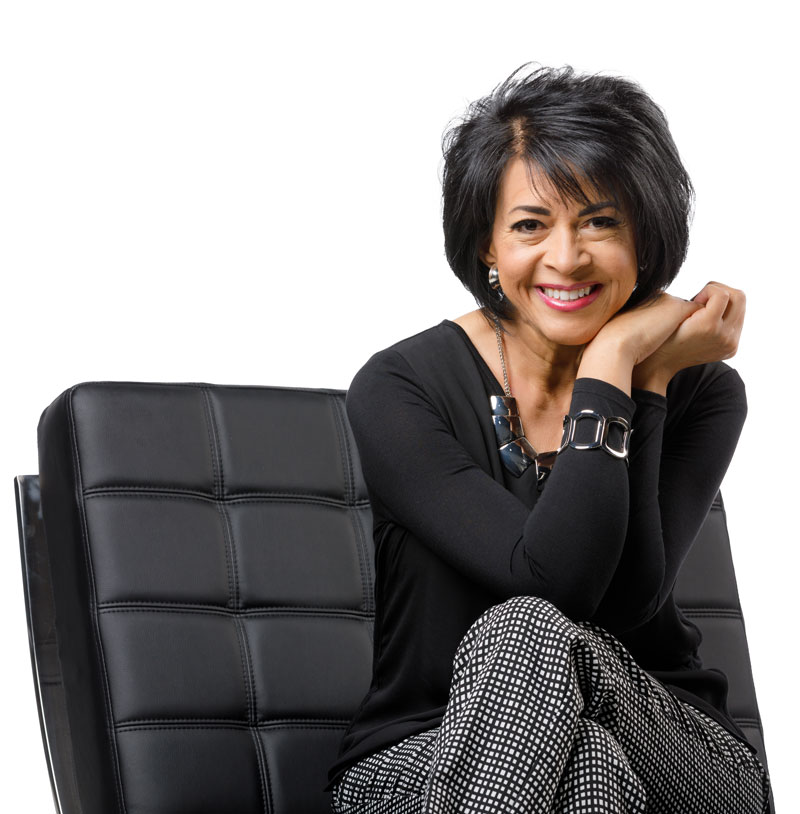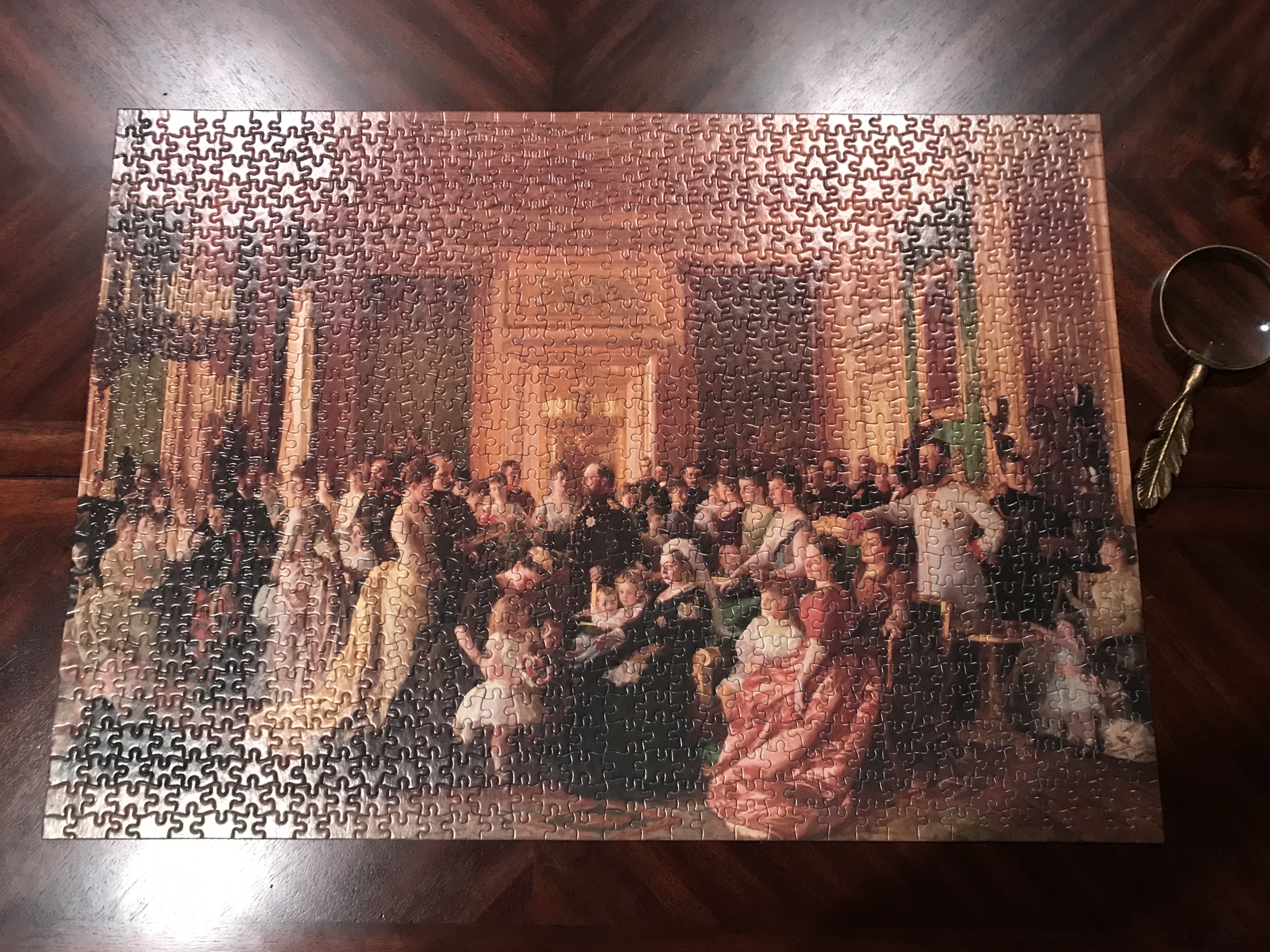It’s a Puzzling Time
What’s with puzzles? Well, they’re puzzling, right? They test us and stretch our minds in challenging ways. Some consider them fun. Not me. I’ve never been a puzzle person. But I’m married to one and with the extra time at home during the last couple of months, he thought it would be a good idea to do one . . . together. Well, kind of together, sometimes together and sometimes separately. Bottom line, it was intended to be something different we could do since we had some additional free time.
Well, the idea of working on a puzzle together during a stay-at-home directive in our state, was a stretch to say the least. We were already dealing with uncomfortable feelings and emotions surfacing as we were trying to adjust to both of us working from home and a teenager who was self-home-schooling. Let’s just say, our homelife was interesting when my hubby decided to pull out the puzzle.
And it wasn’t just any puzzle. It was a 1,000-piece collectors’ puzzle I was given as a gift over 30 years ago and had never opened. I know, sad, but again, I’m not a puzzle person. The image is of a painting that hangs in the Queen’s Gallery in Buckingham Palace, by Laurits Regner Tuxen. He was a Danish artist commissioned to capture the family of Queen Victoria commemorating her Golden Jubilee in 1887. The painting itself is a masterpiece with 55 members of the Victorian royal family in the elaborate Green Drawing Room of Windsor Castle. A beautiful work of art but when you separate it into 1,000 puzzle pieces that you intend to put together, it becomes a spatial reasoning challenge of nightmare proportions.
Considering our current situation and finding myself craving entertainment beyond my normal diversions, I reluctantly agreed to the puzzle. And so, it began. A new and different experience between an enthusiastic puzzle veteran and an indifferent puzzle novice.
Even though we both started with the border, it quickly became obvious that we had very different approaches. As a confident and experienced puzzle master, my husband applied his tried and true sequence that I’m guessing he had developed with every puzzle he’s completed over the years. Whereas my strategy involved working with color, design, and a splash of inspiration to determine each placement. As we silently worked side by side, I also noticed that he worked linearly, while I focused on one area at a time.
We’re similar in some ways and very different in others. Some differences we were aware of but this pandemic puzzle brought new differences to light. When we put our minds to something, we can both become very focused but not necessarily patient with someone working in the same space and on the same project. Especially when the linear and area techniques collided. Two people, two methods, two techniques, and two sets of thought patterns that did not coordinate well at the beginning of our puzzle journey.
What was fascinating was that after decades of marriage, we were not only discovering new things about each other but also learned more about ourselves. Even though we worked so hard over the years to be a team in marriage and parenting, this pandemic puzzle was uncovering an unfamiliar competitive edge as we silently kept score of how many successful placements we each had. Also, surprisingly, unaddressed levels of self-doubt and uncertainty surfaced from within both of us that led to some productive conversations. Who knew a puzzle could serve as a form of marriage therapy?
As we continued forward, doing a little bit every day, we started encouraging each other and having fun. After all, no one else could understand the frustration of our fluctuating placement success rates with a puzzle that seemed to take delight in exasperating us. It challenged us every step of the way with its 1,000 pieces of blended brush strokes and the tiny body parts of 55 people.
As time went on, we were humbled and came to better appreciate each other’s abilities, skills, and methods because we realized they complimented each other. Bottom line is, the puzzle was extremely challenging (even for an experienced master like my husband), and the only way it was going to get done was by working together. It would take the two of us to succeed.
Which was also an underlying message to both of us during this time of pandemic uncertainty. Even with a lot of faith, optimism, and love, we have no way of knowing how things will play out. But working together and valuing what we each have to offer, we can create a vision of our new world together piece by piece.
After almost four weeks, the puzzle was finally done. Every one of the 1,000 pieces in their place. Looking at our completed masterpiece, I couldn’t help but reflect on the lessons I learned and compare our puzzle adventure to our efforts of navigating through these uncertain times. Besides the obvious lessons of releasing expectations and developing a higher level of patience, I want to pass some along to you:
1. Start with the Border – A border defines the size of the puzzle and the boundaries, while offering a framed foundation to work from. It also offers clarity from the chaos of scattered pieces. Even though things can feel chaotic during this time, we can create our own borders for clarity by deciding what we choose to focus on based on what we can control. With the boundaries our borders create, we stay focused on what we do have control of to help us live and grow through these months in a more positive way.
2. Piece by Piece – The only way to put a puzzle together is one piece at a time. During this puzzling period, we need to take this approach to heart. Just a few months ago, busy multi-tasking was a way of life for most of us. Even though we’re still juggling many balls in the air and adjusting to a new way of doing it all, we need a simpler and more compassionate approach to life. Taking things one day at a time, one event at a time, and one step at a time, while celebrating our progress along the way.
3. Be Open to Different – When you’re putting a puzzle together, there are times when you just can’t find the right piece or how a piece is supposed to fit in. But the more you look and rotate them around, something finally works. As we develop our “new normal,” sometimes we need to search, adjust, and attempt until something works. Even if it’s temporary, trying something new and different can help the pieces come together in beneficial ways we never expected. This also applies to allowing others to find their own way too with love and compassion.
4. Use Your Resources – Using the picture on a puzzle box is not only helpful, it’s necessary. Looking for clues in the colors and patterns of the puzzle design is also a tremendous help. These resources provide a vision and serve as guidance in what you’re creating. Navigating through life right now can be confusing or overwhelming but you have many resources available to help you. Journal writing, prayer, meditation, physical exercise, reading, connecting with others (in a socially distant way), and so many others. It’s important to set the time and energy aside to utilize these resources. Of course, I have to mention how valuable life coaching is as a resource to help you with your life puzzle!
Just as every piece of a puzzle counts in order for the picture to be complete, every experience in your life fits together and serves you in some way. As puzzling as it seems to be, you can continue to put things together piece by piece and create a beautiful life . . . yes, even now.
Until next time!
Deborah
To learn more, I invite you to follow me on my Facebook Page, where I share inspiration, tips, and teachings to create more confidence and empowerment.

Interested in coaching
and working with me?
Schedule your FREE Discovery Session
with me to get your journey started.

